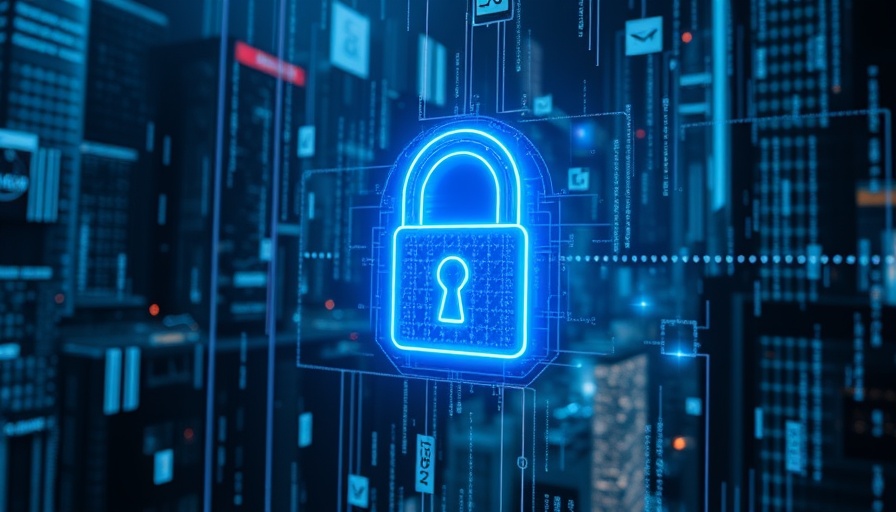
Rethinking AI in Education: A Cultural Shift
AI's integration into educational contexts is rapidly evolving, particularly in places like China where a significant cultural transformation regarding technology's role is underway. Just two years ago, educators warned students against using AI tools, viewing them as a potential crutch. However, recent developments have flipped this narrative. Chinese universities now prioritize AI proficiency, seeing it as an essential skill for innovation.
The Global AI Education Revolution
The shift in China mirrors trends in the West, though the approaches differ significantly. In Western countries, many educators grapple with the implications of AI in learning, often struggling to balance the benefits of technology with concerns about academic integrity. Meanwhile, China's educational system embraces AI, creating a generation of students equipped not just to navigate but to harness technology. This proactive approach could lead to more robust engagement and learning outcomes, as students are inspired to utilize AI rather than fear it.
Implications for Future Workforce
The move toward AI literacy is not just an educational necessity; it is also a strategic response to evolving job markets. As industries increasingly depend on digital tools and AI, the demand for skilled workers proficient in these technologies is expected to rise. Students who are adept at using AI will be better positioned to contribute to future innovations in various sectors, from finance and healthcare to sustainability.
Challenges in AI Implementation
Despite the optimistic outlook, challenges persist, particularly surrounding the ethical use of AI. Algorithms in welfare systems, for instance, have come under scrutiny for potential biases that can lead to inequitable outcomes. The challenge lies in ensuring that the AI systems designed to aid humanity do so fairly and transparently. Here, understanding algorithms is critical—not just for developers, but for users, including those who might depend on AI for essential services.
Expert Insights and Case Studies
Leading universities are not only teaching AI principles but are also experimenting with their applications. For example, initiatives that focus on data-driven projects and collaborative AI tools allow students to engage in real-world problem-solving, preparing them for challenges they might face in their careers. As institutions continue to innovate in their use of technology, documenting these case studies could provide valuable insights into effective teaching methods and the long-term benefits of AI education.
Fostering a Tech-Savvy Future
As the world moves toward an increasingly tech-centric future, fostering AI literacy among students prepares them to navigate this new landscape. The swiftness of AI advancements means that continuous learning and adaptation will become indispensable skills. Programs that encourage exploration and experimentation with AI will help nurture creativity and critical thinking—qualities that machines alone cannot replicate.
In conclusion, the educational sector’s adaptation toward embracing AI is a vital step in preparing future leaders for various industries. By fostering an environment that promotes AI literacy while ensuring ethical practices, we equip students not just for jobs, but for impactful contributions to society.
We invite you to stay informed about the latest trends and transformative technologies shaping our world. Explore more about AI in education and other innovations by checking our resources.
 Add Row
Add Row  Add
Add 




Write A Comment